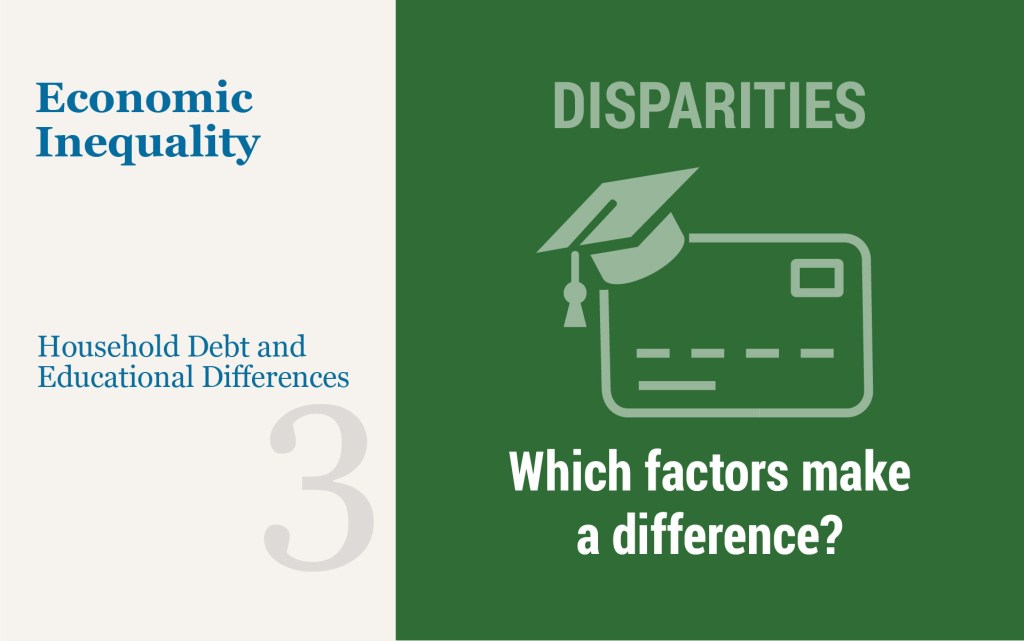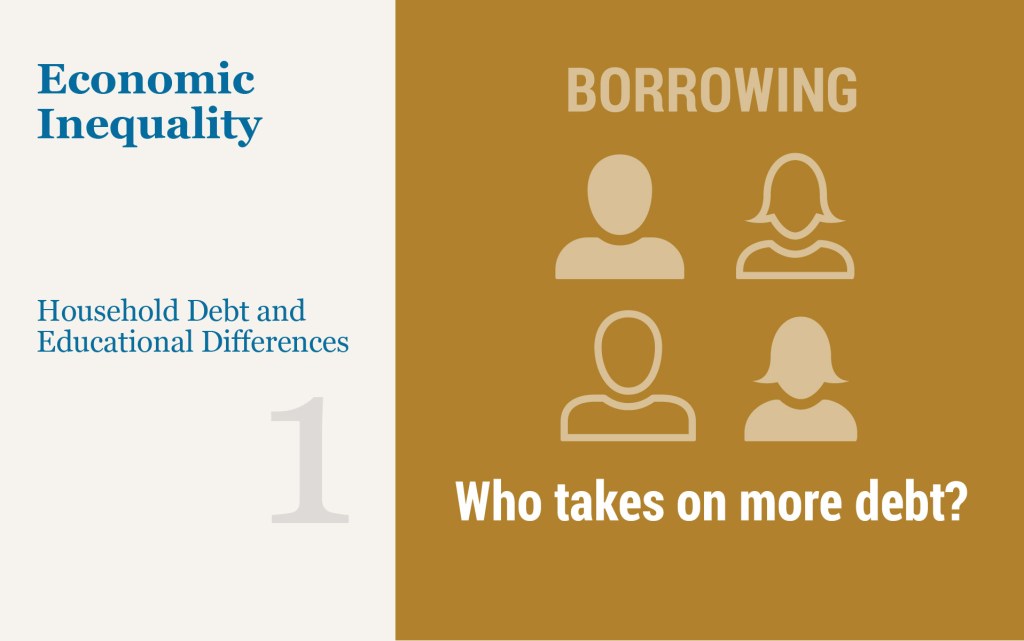Student Loan Balance and Repayment Trends Since the Pandemic Disruption

This month marks five years since the start of the COVID-19 pandemic, after which subsequent policy responses upended most trends underlying student loans in the U.S. Beginning in March 2020, executive and legislative actions suspended student loan payments and the accumulation of interest for loans owned by the federal government. In addition, federal actions marked all past due and defaulted federal student loans as current, driving the delinquency rate on student loans below 1 percent by November 2022. Payments on federal student loans resumed in October 2023 after forty-three months of suspension. This post is the first of two highlighting trends in balances, repayment, and delinquency for student loans since the beginning of the COVID-19 pandemic and how trends may shift without pandemic supports.
Does the CRA Increase Household Access to Credit?
Congress passed the Community Reinvestment Act (CRA) in 1977 to encourage banks to meet the needs of borrowers in the areas in which they operate. In particular, the Act is focused on credit access to low- and moderate-income communities that had historically been subject to discriminatory practices like redlining.
The Role of Educational Attainment in Household Debt and Delinquency Disparities

This post concludes a three-part series exploring the gender, racial, and educational disparities of debt outcomes of college students. In the previous two posts, we examined how debt holding and delinquency behaviors vary among students of different race and gender, breaking up our analyses by level of degree pursued by the student. We found that Black and Hispanic students were less likely than white students to take on credit card debt, auto loans, and mortgage debt, but experienced higher rates of delinquency in each of these debt areas by the age of 30. In contrast, Black students were more likely to take out student debt and both Black and Hispanic students experienced higher rates of student debt delinquency. We found that Asian students broadly followed reverse patterns from Black and Hispanic students by age 30. They were more likely than white students to acquire mortgages and less likely to hold student debt, but their delinquency patterns were in general similar to those of white students. Women were less likely to hold an auto loan or mortgage and more likely to hold student debt by age 30, and in most cases their delinquency outcomes were indistinguishable from males. In this post, we seek to understand mechanisms behind these racial and gender disparities and examine the role of educational attainment in explaining these patterns.
Uneven Distribution of Household Debt by Gender, Race, and Education

Household debt has risen markedly since 2013 and amounts to more than $15 trillion dollars. While the aggregate volume of household debt has been well-documented, literature on the gender, racial and education distribution of debt is lacking, largely because of an absence of adequate data that combine debt, demographic, and education information. In a three-part series beginning with this post, we seek to bridge this gap. In this first post, we focus on differences in debt holding behavior across race and gender. Specifically, we explore gender and racial disparities in different types of household debt and delinquencies—for auto, mortgage, credit card, and student loans—while distinguishing between students pursuing associate’s (AA) and bachelor’s (BA) degrees. In the second post in this series, we investigate gender and racial disparities in delinquencies across these various kinds of consumer debt. We close with a third post where we try to understand some of the mechanisms behind differences in debt and delinquencies across gender and race.
Mortgage Rates Decline and (Prime) Households Take Advantage

Today, the New York Fed’s Center for Microeconomic Data reported that household debt balances increased by $206 billion in the fourth quarter of 2020, marking a $414 billion increase since the end of 2019. But the COVID pandemic and ensuing recession have marked an end to the dynamics in household borrowing that have characterized the expansion since the Great Recession, which included robust growth in auto and student loans, while mortgage and credit card balances grew more slowly. As the pandemic took hold, these dynamics were altered. One shift in 2020 was a larger bump up in mortgage balances. Mortgage balances grew by $182 billion, the biggest uptick since 2006, boosted by historically high volumes of originations. Here, we take a close look at the composition of mortgage originations, which neared $1.2 trillion in the fourth quarter of 2020, the highest single-quarter volume seen since our series begins in 2000. The Quarterly Report on Household Debt and Credit and this analysis are based on the New York Fed’s Consumer Credit Panel, which is itself based on anonymized Equifax credit data.
Puerto Rico’s Evolving Household Debts
Debt and its performance play a critical role in economic development. The enormous increase in mortgage debt that took place during the run-up to the 2007 financial crisis and the contribution of that debt to the crisis underscore the importance of household debt to financial stability and economic growth.
Just Released: Recent Developments in Consumer Credit Card Borrowing

The Federal Reserve Bank of New York’s Center for Microeconomic Data today released its Quarterly Report on Household Debt and Credit for the second quarter of 2016.










 RSS Feed
RSS Feed Follow Liberty Street Economics
Follow Liberty Street Economics